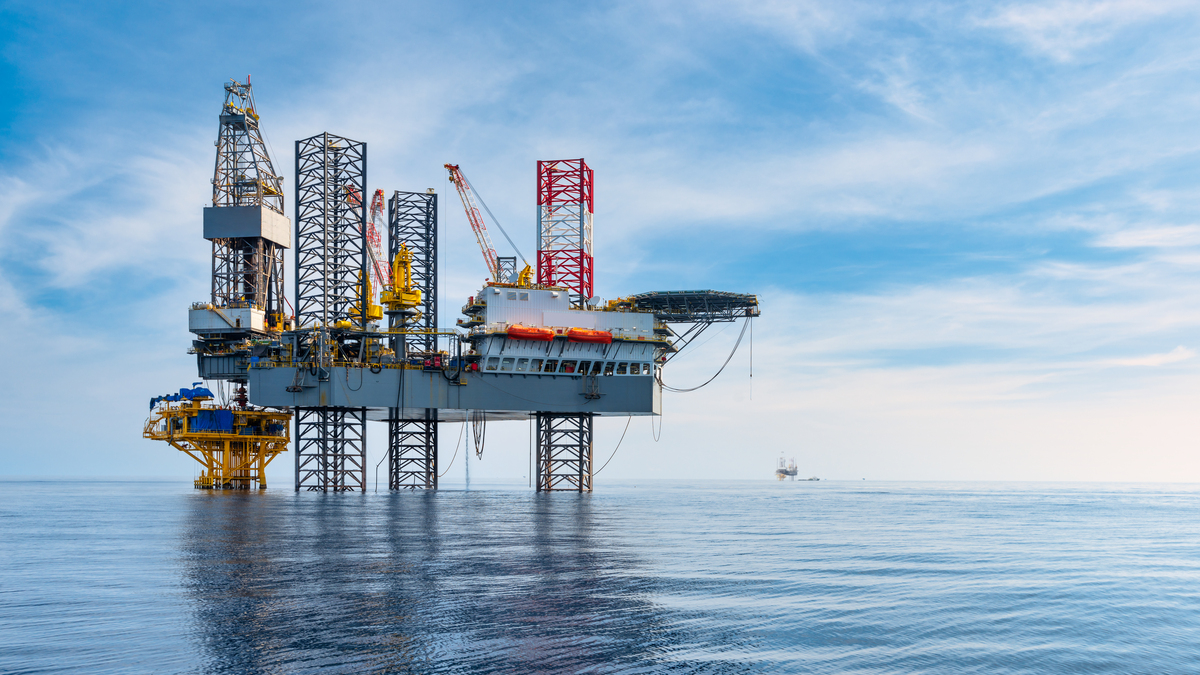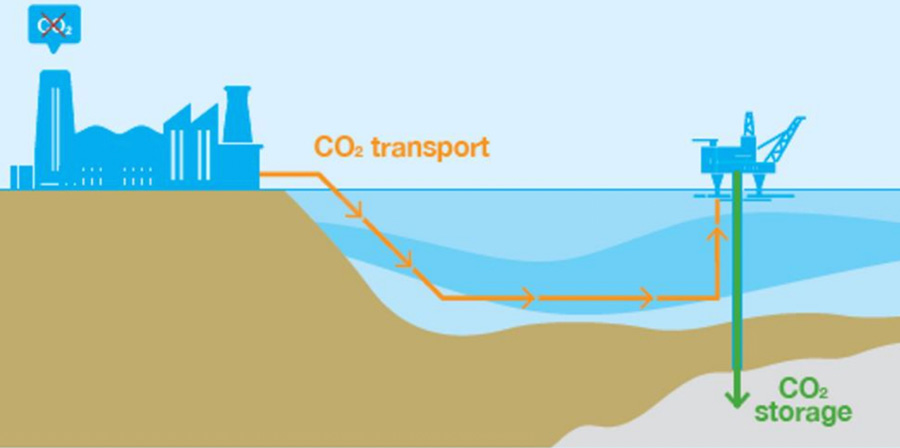WA Mid-West’s first CCS offshore project set to be low cost and profitable for Pilot Energy

Pic: chain45154 / Moment / Getty Images
Recently completed technical and project economics studies have confirmed the minimal work and capex required to bring Pilot Energy’s Stage 1 Cliff Head Carbon Capture and Storage (CCS) project in WA’s Mid-West to fruition.
Pilot Energy’s (ASX:PGY) Cliff Head CCS Project, set to be one of Australia’s first significant offshore CCS projects, is estimated to deliver a gross project real pre-tax net present value of around $110-$210m and an internal rate of return of about 30-40%.
Both NPV and IRR are metrics used to assess the profitability of a project and these numbers are certainly a catalyst for Pilot to push the go button on the CCS project, with the project approval process now underway.
Studies confirm that the Cliff Head CCS project can safely and permanently provide up to 16 million tonnes of CO2 storage at a CO2 injection rate of up to 1.1 million tonnes each year, placing it firmly in the mid-tier, in terms of size, of current CCS projects globally.
The studies also confirmed that the existing Cliff Head wells and facilities are suitable to be converted to CO2 injection with minimal modifications.
To prepare the Cliff Head Oil Field for CO2 injection and convert the existing Cliff Head production wells and facilities to CCS operations would require about $110m in initial capex with completion slated for mid-2025.
The net funding requirement for the CCS project will be in the order of $70m (100% project basis, ~$40M net to Pilot), after taking into account the net cashflow from oil production during the pre-injection phase.
The majority of this funding won’t be required until circa 2025.
“The studies demonstrate that the existing Cliff Head oil field production operation can be converted into an offshore carbon capture and storage project in a simple, straight-forward, low risk way and at a low cost,” chairman Brad Lingo said.
Becoming a key player in Australia’s decarbonisation race
This will be one of Australia’s first offshore CCS projects, with very few projects currently in operation or in the pipeline.

Pilot’s Cliff Head CCS project is also surrounded by numerous gas fields and pipelines that would benefit from carbon capture and storage to reduce emissions across the oil and gas industry.
“The project has very robust economics and delivers real, tangible and direct ability to reduce significant and growing CO2 emissions in the Mid-West region of Western Australia,” Lingo noted.
“The project will provide a safe and permanent solution to make a material contribution to Australia meeting its greenhouse gas emissions reduction commitments.”
Pilot’s goal is to begin CO2 injection at the long-life project in 2026. It is estimated to have an initial life of ~15 years at an injection rate of 550,000tpa.
This would be followed by an increase in storage capacity, at an additional cost of about $60m, that would enable CO2 injection for up to 30 years at a rate of 550,000tpa injection rate or increasing the overall injection rate to 1.1Mtpa for 15 years.
Pilot is engaging with prospective third-party customers keen to slash their carbon emissions. The company said it had already identified several large, long-term sources of industrial CO2 emissions in very close proximity to the Cliff Head CCS project.
The company is also advancing plans to secure funding for the project and envisages it will be largely funded through a combination of long-term debt financing and direct equity investment.
This article was developed in collaboration with Pilot Energy, a Stockhead advertiser at the time of publishing.
This article does not constitute financial product advice. You should consider obtaining independent advice before making any financial decisions.
This article also appeared on The Australian.
Related Topics

UNLOCK INSIGHTS
Discover the untold stories of emerging ASX stocks.
Daily news and expert analysis, it's free to subscribe.
By proceeding, you confirm you understand that we handle personal information in accordance with our Privacy Policy.








